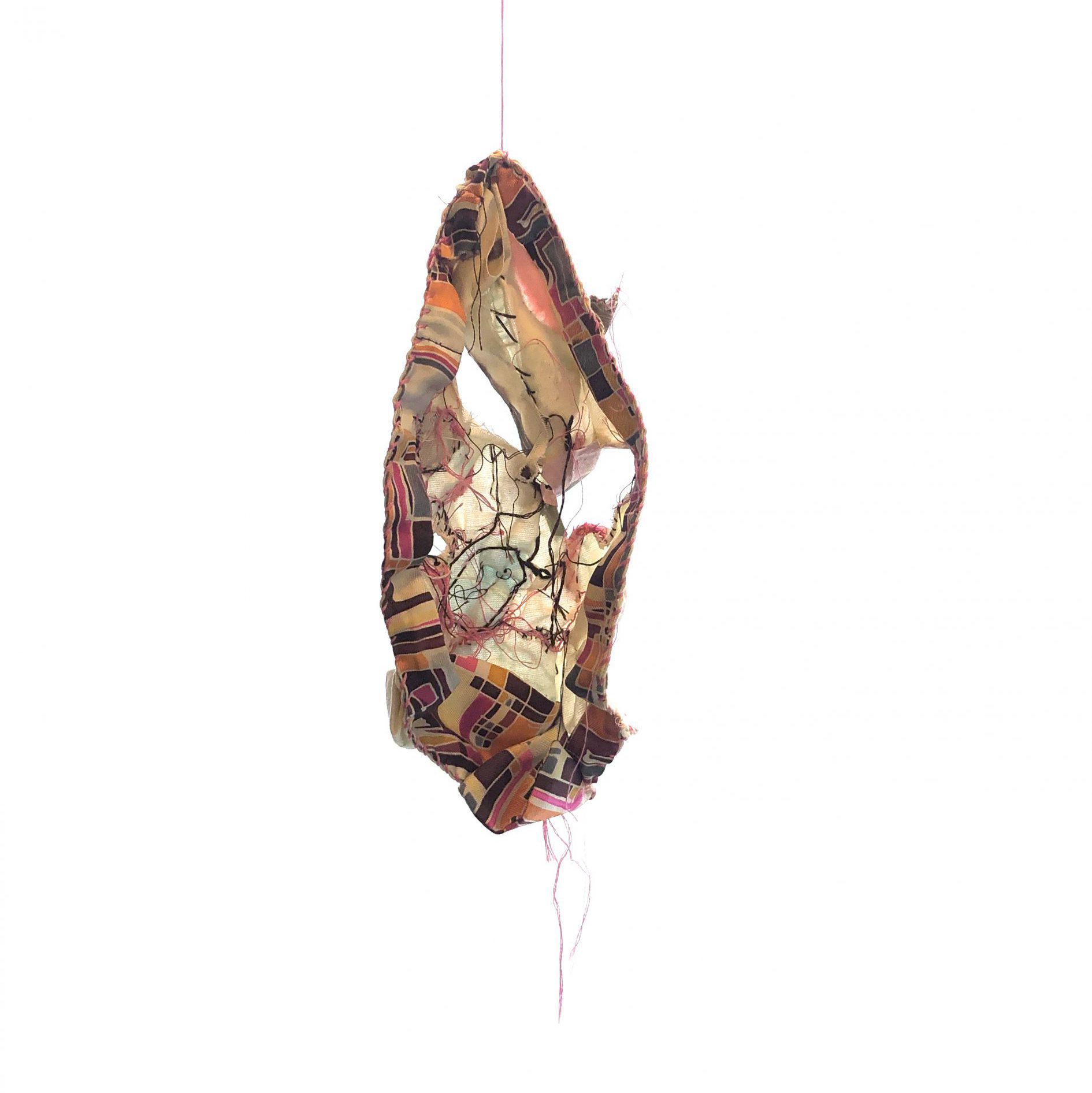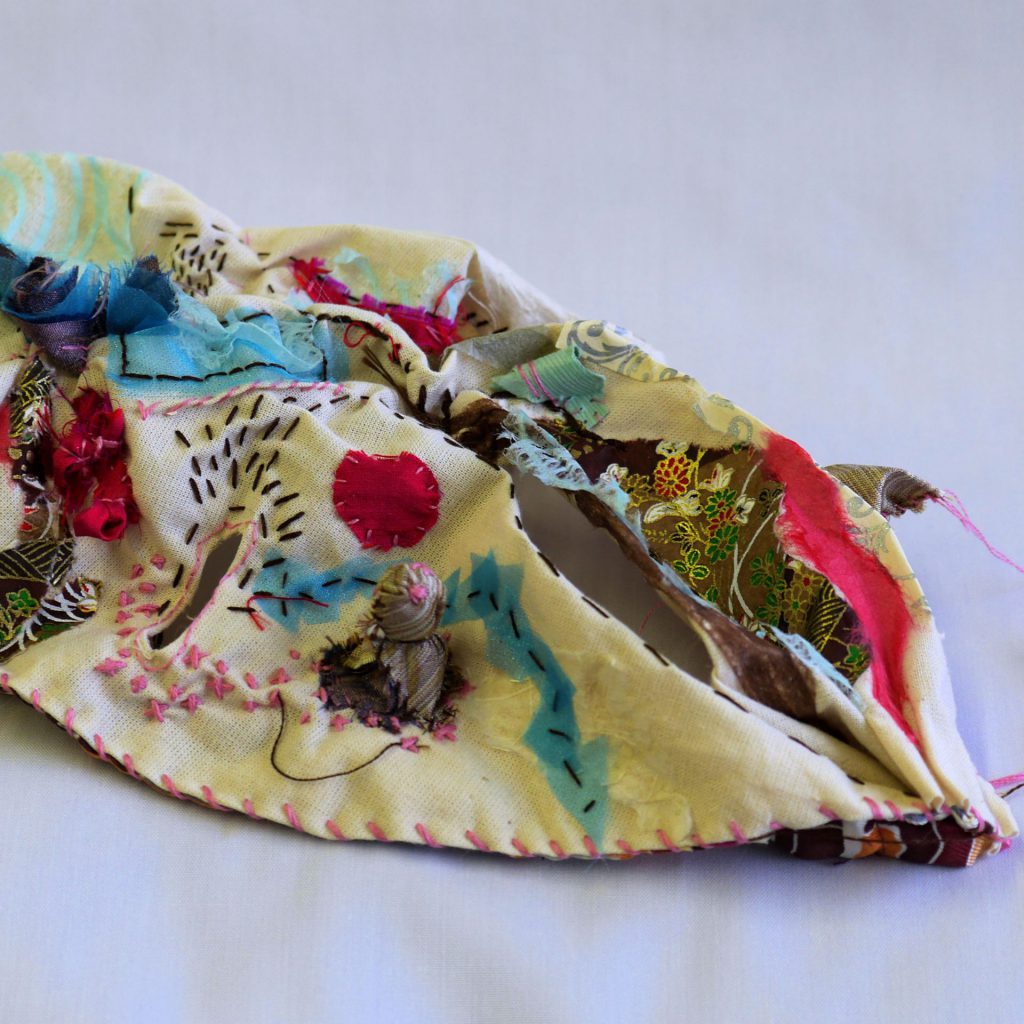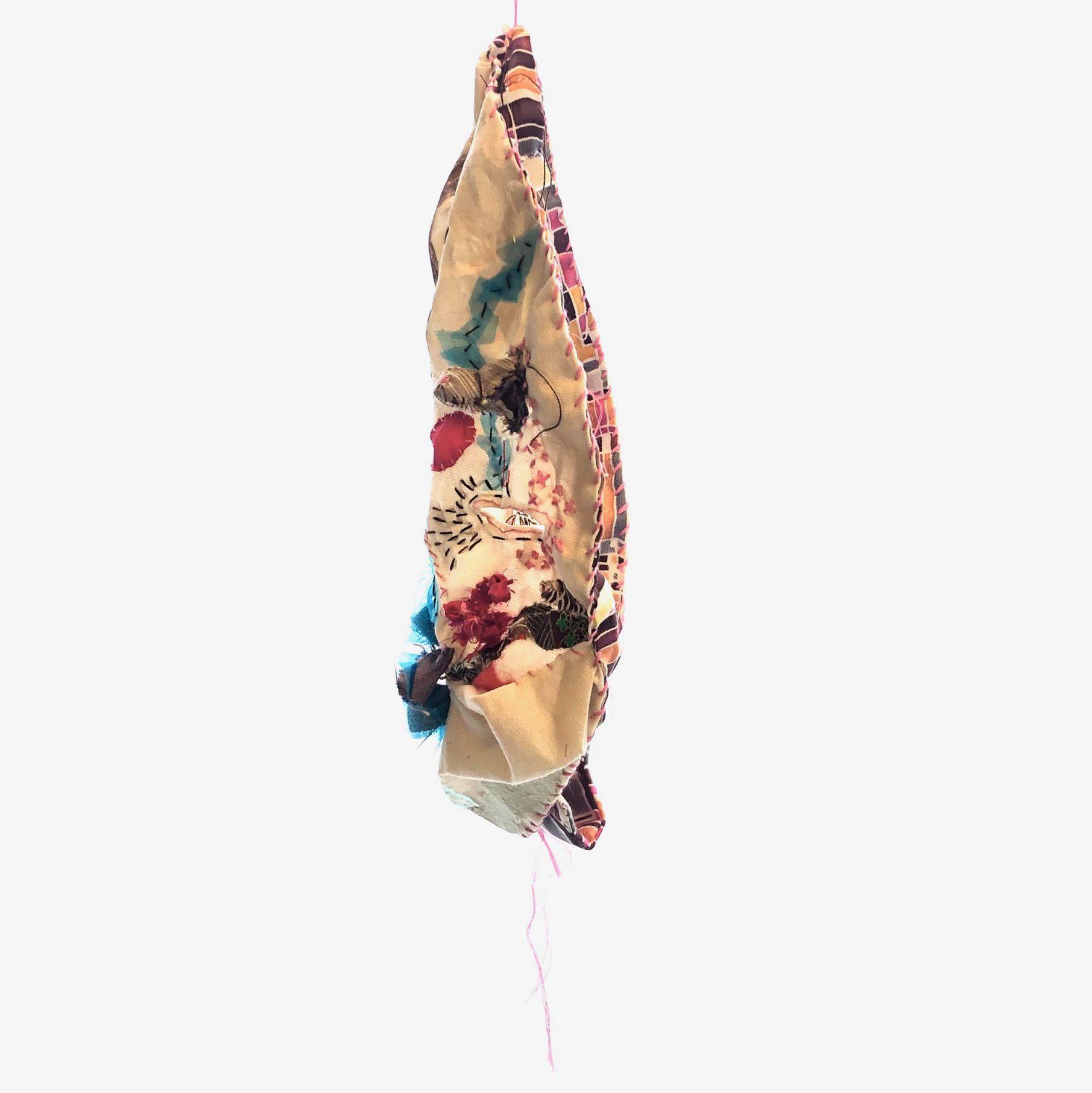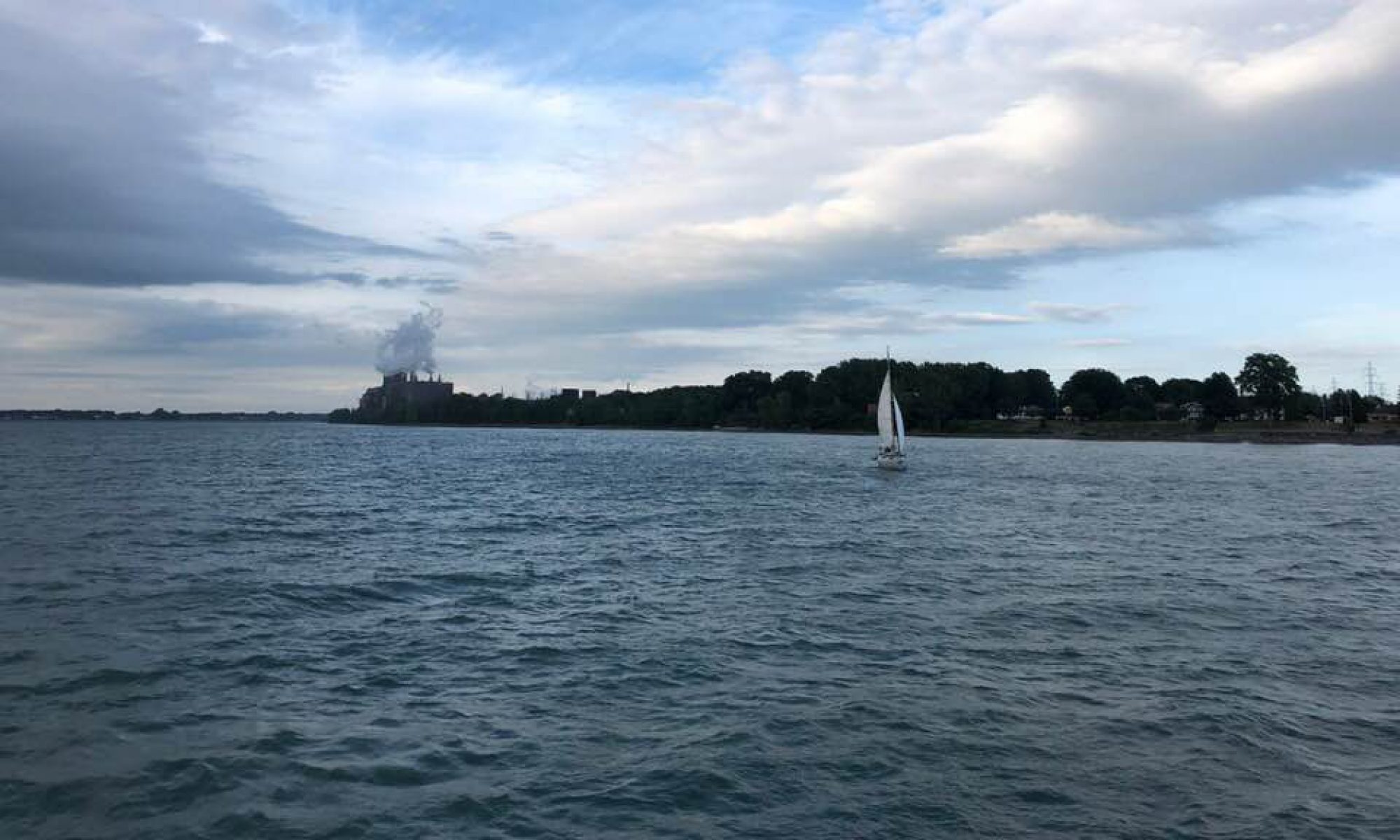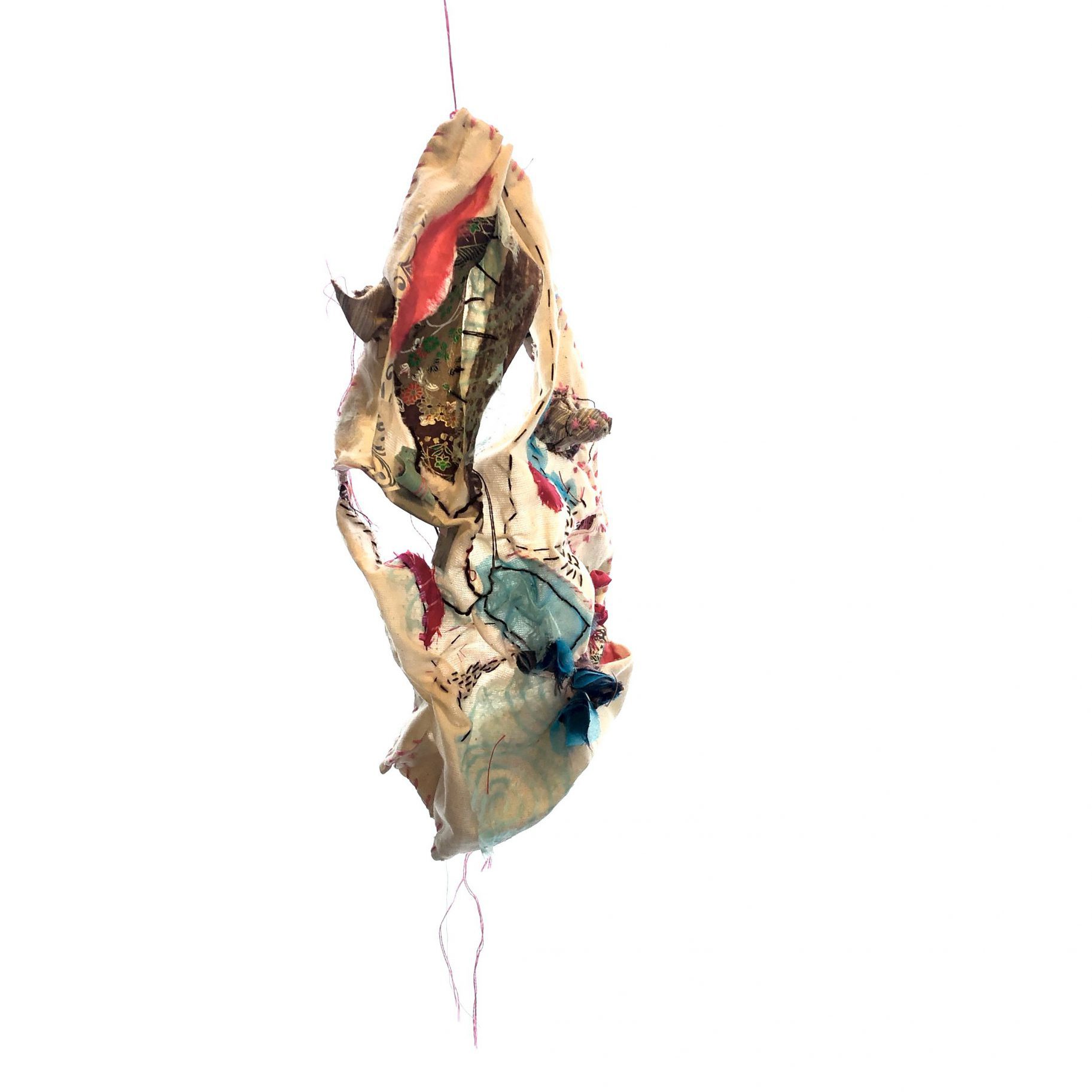
RENEE JACKSON // Philadelphia, Pennsylvania, USA
Mycelium Substrate (2020)
Mycelium consumes that which surrounds it and grows into a network of fibres beneath the substrate. When it comes time, the mycelium builds a mushroom. Mushrooms do all kinds of things. For humans and creatures, they can be a source of food or medicine. The medicinal properties of mushrooms are far reaching. They are used for everything from antioxidant to sexual tonic and stress relief. Ironically, they can even be anti-fungal. They are used as dyes in the textile industry and play various roles in agriculture, including fertilizer. They can also be poisonous. Consuming certain species can lead to death. Consuming certain species can also lead to various versions of enlightenment. They are used for spiritual or religious quests. They help to open the mind and senses to the surrounding world, altering human perception and understanding. They can produce feelings of euphoria and a sense that one is communing with nature. They can cause humans to engage with the emotional or psychological depths of themselves. In recent research they have been used in controlled environments to help people to come to terms with terminal illness.
Like mycelium, artists consume that which surrounds them and when it comes time, they build their mushrooms/art. Art, like mushrooms, comes in all shapes and forms, and can have many similar effects/affects. During these pandemic times, the medicinal metaphor is particularly appropriate in terms of both the production and consumption of art.
This piece, Mycelium Substrate (2020), is my contribution to Kathleen Vaughan’s collective art project, What is Art For? Vaughan sent packages out to all participants containing paper, fabric and embroidery thread. My rule was to use only the materials provided, and at least some of each, representing the idea that the artist works with/from that which surrounds them. To this mix I permitted myself to add one item as a reminder that artists bring their trails of mycelium with them to any new encounter. The item is a bowtie that belonged to William E. Doll, Jr., a professor of curriculum studies who died in 2017. I have a small collection of his infamous bowties from an auction that took place in his honour at the American Association for the Advancement of Curriculum Studies conference in 2018. I look at his ties in my studio every day and have wanted to incorporate them into a project for some time. Preparing for this project I began to look more closely at Doll’s work. He used contemporary theories about nature and science to inform ideas about open, emergent curriculum. He took inspiration from eco-systems, as I have done here, and elsewhere in my own work. This was a jarring discovery and I was compelled at last to weave the first of a set of five bowties into this work.
The work itself is meant to be seen from all angles. The tangle of threads at the back of the cocoon like form/landscape are the mycelium, equally as important as the elements they produce and anchor above the surface.
Rogers, R. (2011). The fungal pharmacy: The complete guide to medicinal mushrooms and lichens is North America. Berkeley, CA: North Atlantic Books
Doll, W.E. Jr. (1993). A post-modern perspective on curriculum. New York, NY: Teachers College Columbia University.
